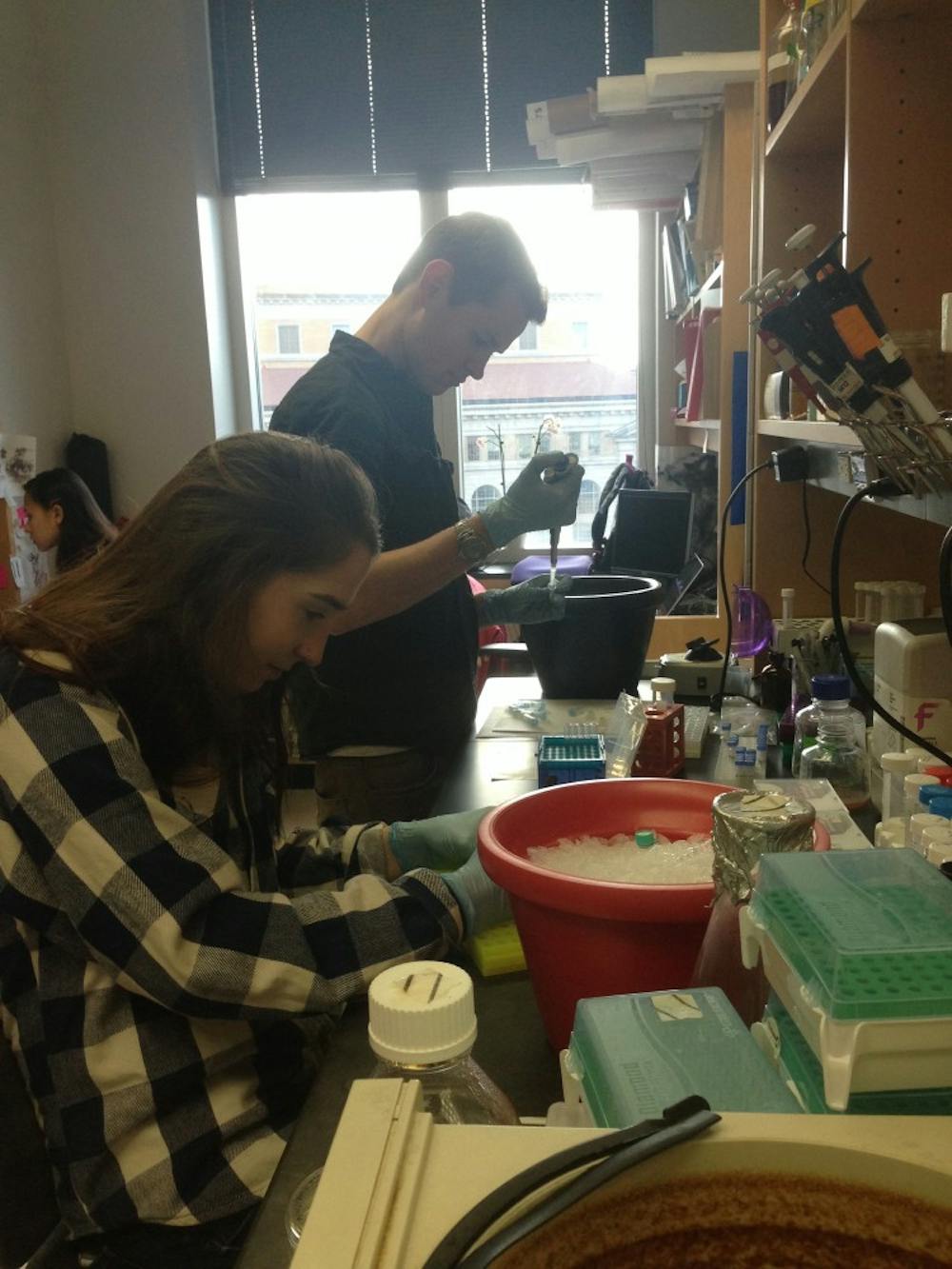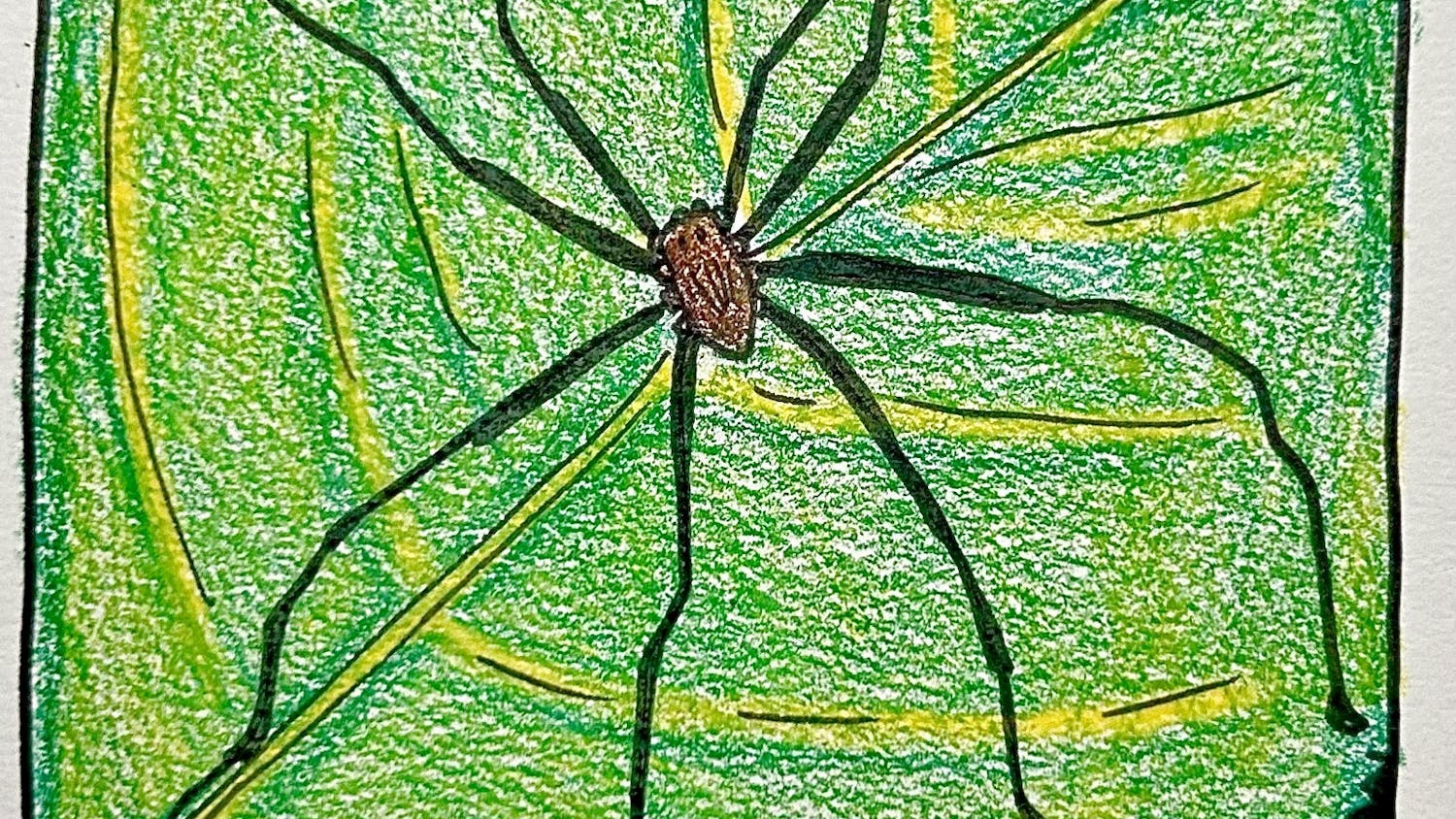By mimicking natural molecular pathways in the human body, scientists at the University of Wisconsin-Madison developed molecular tools that could regulate gene expression.
Natural transcription factors bind to genetic sequences and trigger the expression of different genes, which later produce different proteins. These molecular tools, called polyamides, are engineered transcription factors designed to target genes and switch them on or off just like the natural ones do.
“These are the first phase of precision medicine,” said Aseem Ansari, a biochemist at UW-Madison. “But instead of engineering your genome, we can put designed molecules in a pill and you only need to take those pills.”
This research is a project with the Progenitor Cell Biology Consortium to design molecules to target the genome precisely.
After 15 years of studying, Ansari said they finally began to understand where these synthetic molecules bind on DNA sequences and how they read the whole genome. Ansari’s findings were published in the Proceedings of the National Academy of Sciences (PNAS) this November.
Beginning with identifying where on the genome natural factors like to bind, they designed different small molecules to follow the natural pathways and target different genes, Ansari said. But, they hit the wall in 2010.
“When we put these small molecules on cells, they went in, they affected gene expression, but the gene expression did not look like anything we had predicted,” Ansari said.
So instead of predicting where these molecules should bind, they decided to follow where they are actually bound.
“Let’s ask where [the polyamide] does go,” Ansari recalled how one of his graduate students, Graham Erwin, found a new research pathway. Erwin is now conducting research at Stanford University.
To track the binding sites of these small molecules on the whole genome, Erwin designed a new strategy called COSMIC (Crosslinking of Small Molecules to Isolate Chromatin), which could pick out DNA-polyamide complexes with an instrument called Ultraviolet Crosslinkers.
They soon found out that a polyamide didn’t just bind to one specific site, it tended to bind to several locations with similar DNA sequences just like natural transcription factors, Ansari said.
They also found that these synthetic molecules can also bind to sequences that are not accessible to natural transcription factors.
The human genome contains 3 billion base pairs and could be as long as a ping pong table if stretched out. While the average size of human cells is about 1/30,000 inch, DNA wrapped itself tightly to fit in the tiny space.
Due to the high compaction, some DNA sequences are hidden from natural transcription factors but are accessible to the synthetic molecules since they are smaller, Ansari said.
With all these surprising findings, this team, composed of biochemists and computer scientists, figured out that these small molecules should work as a cluster to precisely target genes, Ansari explained.
“A cluster of multiple [kinds of] molecules based on sequence can now begin to open up the entire genome. Wherever you want to target, we can use combinations to get there,” Ansari said.
According to Ansari, compared to the ideal molecule that scientists had been looking for to bind at exactly one site, this combination system turned out to be a better representation of the natural system.
Inspired by this finding, Asuka Eguchi, a graduate student in Ansari’s lab, designed a new pathway to convert stem cells into different types of cells directly.
Stem cells are undifferentiated cells with capability to become any kind of cells. Different combinations of synthetic transcription factors decide the fate of stem cells by turning the corresponding genes on or off, Eguchi said. Her paper was published in the PNAS on Monday.
“We don’t just give you aspirin, we make molecules that are specific to your genome,” Ansari said. “If there are genes that make you susceptible to disease, we can make molecules to fix the problem in a day.”






